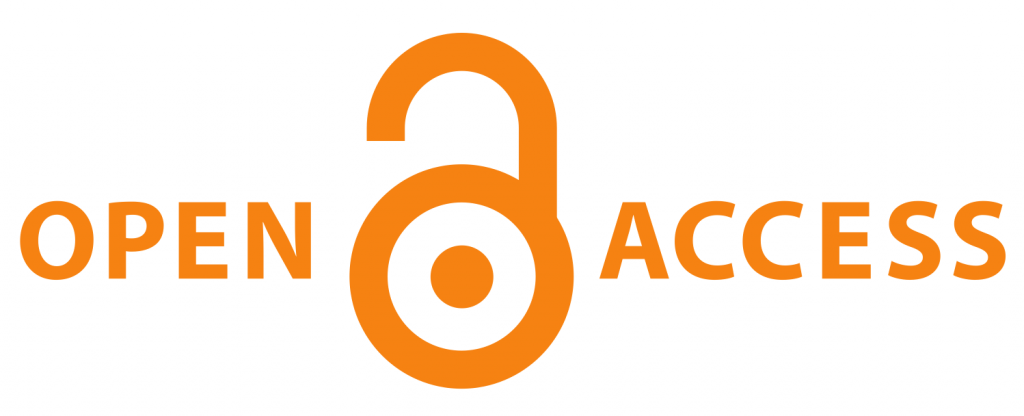Article Type
Original Article
Section/Category
Operative Dentistry
Abstract
Abstract
Objectives: To investigate the effect of three caries removal methods; air abrasion, papain gel, carbide bur, and water storage on microtensile bond strength of universal adhesives to affected dentin.
Materials and methods: Two universal adhesives; glycero-phosphate dimethacrylate (GPDM) containing OptiBond universal (Kerr Medical, USA) and 10-Methacryloyloxydecyl dihydrogen phosphate (10-MDP) containing Prime&Bond universal (Dentsply Sirona, USA) were used in this study according to their manufacturers' instructions. Forty-eight carious human molars were mounted into acrylic blocks then the coronal enamel and dentin were removed exposing a flat surface of affected dentin. Teeth were divided into two groups (n=24) according to the type of universal adhesive. Each group was subdivided into three subgroups (n=8) according to the type of caries removal method. Teeth were tested for μTBS immediately and after six months of storage in distilled water using the Universal Testing Machine (Instron, USA). The extracted data were tabulated for statistical analysis using a three-way analysis of variance P<0.05.
Results: Three-way ANOVA showed that the μTBS was significantly affected by all the variables p < 0.001. One-way ANOVA showed a statistically significant difference between air abrasion and all other methods in group A (P
Conclusions: The conventional caries removal methods resulted in better bond strength to affected dentin than minimally invasive methods. Using 10-MDP containing universal adhesives results in stronger bonds when applied to affected dentin
Keywords
Dental caries, cavity preparation, Selective caries removal technique, Affected dentin, Rotary instruments
How to Cite This Article
Ghonim A , El-Haliem H , Elnawawy M , Ali A .
Effect of Different Caries Removal Methods on Microtensile Bond Strength of Universal Adhesive-Affected Dentin Interface.
Mans J Dent.
2023;
10(4):
330-338.
Available at:
https://doi.org/10.61793/2812-5479.1106
Creative Commons License

This work is licensed under a Creative Commons Attribution-NonCommercial-No Derivative Works 4.0 International License.








